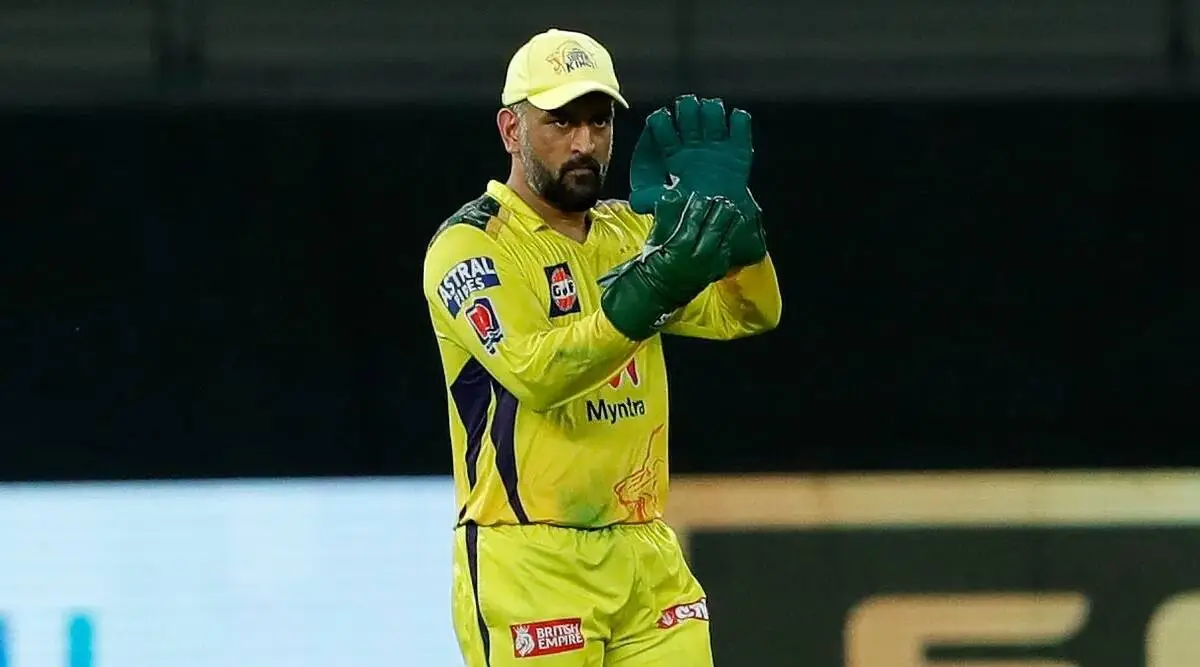The Indian Premier League (IPL) has revolutionized cricket, transforming it into a fast-paced, high-scoring spectacle. But it’s not just about the on-field action; a crucial element behind every team’s success is their strategy. Let’s delve into the evolution of IPL team strategies over the years, exploring how they’ve adapted online cricket betting tips to the changing dynamics of the game.
The Early Days: The Era of Big Hitters and X-Factors (2008-2010)
In the nascent stages of the IPL, the focus was on acquiring star power. Teams prioritized big-name batsmen and bowlers with the X-factor, hoping their individual brilliance would win matches:
- Focus on Power-Hitting: The early IPL rules favored batsmen, with smaller boundaries and a lack of strategic restrictions. Teams stocked up on explosive openers and big-hitting middle-order batsmen who could take bowlers to the cleaners.
- Bowling All-Rounders as Trump Cards: Bowling all-rounders who could contribute with both bat and ball were seen as valuable assets. Players like Yuvraj Singh and Shane Watson were highly sought after.
- Auction Strategy: Auctions were dominated by a bidding war for established international stars, with less emphasis on data-driven analysis or squad balance.
The Age of Analytics: The Rise of Data-Driven Decisions (2011-2015)
As the IPL matured, teams began embracing a more analytical approach:
- Moneypall Revolution: Inspired by the book and movie “Moneyball,” teams started using statistical analysis to identify undervalued players who could excel in the T20 format. This led to the rise of uncapped Indian players.
- Specialization over Versatility: Teams began focusing on building squads with specialists for each role – openers, middle-order batsmen, finishers, pace bowlers, spinners, and death-bowling specialists.
- Data-Driven Auction Strategies: Teams used data analytics to assess players’ performances in specific situations, leading to more targeted bidding at auctions.
The Era of Innovation: Experimentation and Tactical Tweaks (2016-Present)
The IPL has become a breeding ground for tactical innovation:
- Pinch Hitting and Batting Order Flexibility: The use of pinch hitters at the top of the order and flexible batting orders based on the match situation became commonplace.
- Mankading and Strategic Fielding Placements: Teams started exploiting loopholes in the rules, like the “Mankading” dismissal, and employing innovative fielding placements to restrict scoring.
- Spin Revolution: Teams began recognizing the importance of quality spinners, especially leg-spinners, who could control the middle overs and take wickets. Franchises also started investing in wrist spinners who could bowl effectively at the death.
The Future of IPL Team Strategies: What Lies Ahead?
As technology and player fitness levels evolve, IPL team strategies are likely to see further advancements:
- Hyper-Specialization: We might see even greater specialization within roles. Openers who excel against pace or spin, death bowlers with specific yorker or slower ball variations, and power-hitters who target specific zones on the field.
- Data Analytics on Steroids: Advanced data analysis using artificial intelligence (AI) and machine learning could revolutionize player scouting, in-match decision making, and captaincy strategies.
- Focus on Mental Conditioning: The mental aspect of the game will receive even greater emphasis. Teams might invest in ipl me sabse jyada run 2023 sports psychologists to help players cope with pressure and perform consistently under intense scrutiny.
Beyond the Winning Shot: The Impact of Strategic Evolution
The evolution of IPL team strategies has had a profound impact on the game:
- Increased Competition: Strategic planning has made the IPL more competitive. Every match is a tactical battle, with teams constantly looking to outsmart their opponents.
- Focus on Fitness and Skills: The emphasis on specialization has led to players working on specific skills and maintaining peak physical fitness to excel in their designated roles.
- Enhanced Entertainment Value: The constant tactical innovation keeps the game exciting and unpredictable for fans, making the IPL a must-watch spectacle.
The Final Innings: A Strategic Mastermind’s Game
- Strategic Acumen: IPL teams are no longer solely reliant on individual brilliance; strategic planning and tactical execution have become paramount. Teams analyze opposition strengths and weaknesses, assess match conditions, and formulate game plans tailored to maximize their chances of success. Captains and coaches play a crucial role in devising strategies that exploit matchups and adapt to changing game situations.
- Data-Driven Decision Making: In the era of analytics, data-driven decision-making has revolutionized cricket strategies. Teams utilize statistical analysis, performance metrics, and advanced scouting techniques to identify trends, patterns, and insights that inform team selection, batting orders, bowling rotations, and field placements. Data analytics help teams optimize player performance, mitigate risks, and gain a competitive edge over opponents.
- Player Management: Managing player workloads, fitness, and form is essential in a grueling tournament like the IPL. Teams invest in sports science, physiotherapy, and conditioning programs to keep players fit and injury-free throughout the season. Player rotations and squad depth are crucial for maintaining a balanced team and managing fatigue during a packed schedule of matches.
- Innovation and Adaptation: The IPL serves as a breeding ground for cricketing innovation, with teams constantly experimenting with new tactics, strategies, and player roles. Innovations like the introduction of pinch-hitters, the use of mystery spinners, and the evolution of specialized death bowlers have reshaped the dynamics of T20 cricket. Teams that embrace Most Expensive Player in the IPL innovation and adapt to changing trends often enjoy sustained success in the league.
- Striving for Excellence: As the IPL continues to raise the bar for T20 cricket, teams are relentless in their pursuit of excellence. From meticulous planning and preparation to fostering a winning culture and team camaraderie, every aspect of team management is geared towards achieving success on the field. Continuous improvement, self-reflection, and learning from both victories and defeats are key principles that drive teams towards their goals.
